More than a thousand years ago, Wei Zhuang once wrote the poem "Spring Tour, apricot blossoms blowing all over the head", walking towards the apricot forest during the blossoming season, and the apricot blossoms would fall on hair bun at the wind.
In ancient times, seasonal flowers in addition to floating down in the hair bun, but also may be inserted in the hair or brim, embellished as a touch of spring color in the ancient head.
Putting flowers on the head is also called Zan Hua 簪花 (Flower Hairpin, or wearing flowers).
In ancient times, both Sheng Hua and Xiangsheng Hua were used to Zan Hua. Sheng Hua is flower, and Xiangsheng Hua is a kind of fake flower made in imitation of a flower. All the flowers mentioned in this article are Sheng Hua.
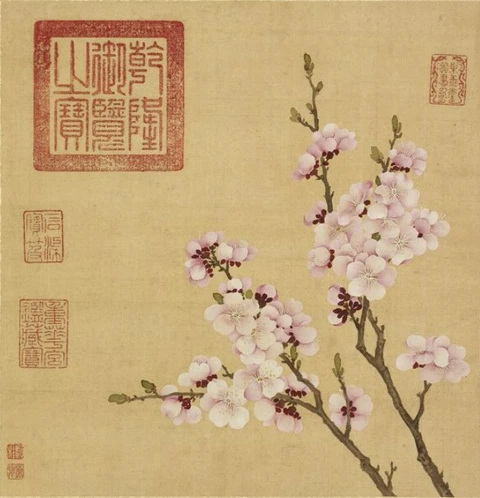
Apricot flowers
In the Han Dynasty, although the culture of wearing flowers was not really formed, but flowers had already entered people's lives in various forms.
For example, on the day of the Chongyang Festival, people in the Han Dynasty, in addition to climbing mountains and drinking chrysanthemum wine, would take off dogwood flowers and wear them around their waists to avoid disasters and repel evil spirits and prolong their lives.
In addition, from the extant cultural relics, flower-shaped pendants or hairpins were also frequently seen on the hairbuns of noble women in the Han Dynasty.
During the Wei and Jin dynasties, wearing flowers on the head gradually became fashionable, and the types of flowers that could be worn were gradually enriched. Pomegranate flowers, for example, were used as hairpins to pray for peace.
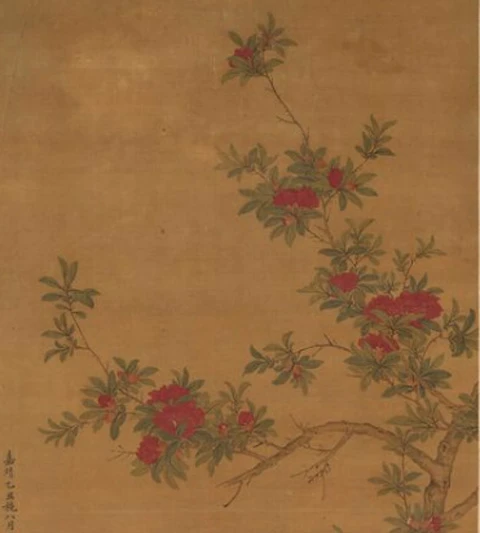
Pomegranate flowers
Ruan Xiao'er in the Ming Dynasty novel "Water Margin" was particularly fond of pomegranate flowers, and his classic attire was "wearing a tattered turban diagonally, with a pomegranate flower at his temples", with a few bright pomegranate flowers next to the tattered turban, a comical image, but perhaps also with the intention of avoiding disasters and ensuring peace.
In this period, in addition to the role of praying for good fortune, the decorative function of flowers is slowly coming to the fore.
In the Jin Dynasty, two famous good-looking men: Pan Yue and Lu Ji,had "insert flowers on the Jiu Liang", Jiu Liang, 九梁, refers to the nine horizontal ridges decorated in the tradition crown. Such a costume can certainly attract a lot of attention.
By the Sui and Tang dynasties, wearing flowers had become a social trend, not only for the common people, but also for the rulers.
On one occasion, Emperor Xuanzong of Tang ordered his ministers to recite poems during his spring tour. The minister Su Ting was rewarded for his poem by Emperor Xuanzong, and the emperor personally put a flower on his head. It was a great honor for Su Ting, and people were envious of it.
In the private sector, there was even a Zan Hua competition for women, in order to show off their style, the Chang'an women sought to buy famous flowers, because the more exotic flowers on their heads, the more they could win.
The demand for all kinds of precious flowers increased from the palace to the folk, and a group of excellent gardeners emerged. They took up flower growing as their profession, studied the cultivation of famous flowers, and sometimes transferred the techniques of greenhouse farming to flower growing in order to satisfy the market. The florists even used the way of warming fire in the earth cellar so that peonies, which originally bloomed in late spring, could bloom even in the coldest winter.
This reminds me of a scene in the drama The Longest Day in Chang'an: during the Lantern Festival, all the guests in Lin Jiu Lang's residence were sweating profusely while Lin Jiu Lang was leisurely pruning his flowers. Perhaps this is not only a powerful prime minister, but also a gardener who loves flowers.
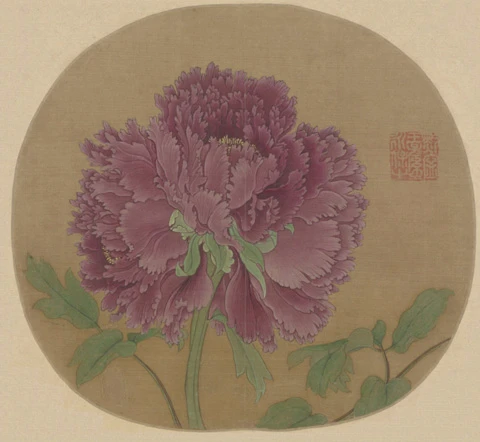
Peony Flower
In the early Tang Dynasty, people liked to decorate their heads with small bright flowers, but in the middle and late Tang Dynasty, it became popular to put in large flowers such as peonies.
For example, the five noblewomen in Court Ladies Adorning Their Hair With Flowers, painted by Zhou Fang in the Tang Dynasty, were wearing peonies, begonias, lotus flowers, and red flowers respectively. The bright and colorful flowers complement the high black bun on the head, and the woman's grace and elegance are clearly visible on the painting.
It was the Song Dynasty that really pushed the status of flowers to its peak. The prosperity of commerce and the rise of the scholarly class contributed to the cultivation of the Song people's love of flowers, and both men and women, young and old, took a keen interest in wearing flower.
Ouyang Xiu once described the people of Luoyang as "in springtime, all the people in the city are wearing flowers, even those carrying heavy burdens."
Not only women love to wearing flowers, but also men. There are many depictions of men wearing flowers in the Water Margin, such as the Yan Qing is hanging a fan around the waist, and inserted the four seasons flowers in sideburns.
Even when the prisoners are released from prison, the jailers have to put a flower on their heads, meaning to eliminate bad luck. In "Meng Liang Lu", it is recorded that the convicts wore brown clothes, draped in lotus shackles, and knelt on the ground with flowers on their heads before they were released from prison.
The prevalence of wearing flower is also inseparable from the prosperity of the flower industry in the Song Dynasty. Royal officials and wealthy families generally had their own small gardens in which they planted flowers of their choice. Ordinary people in dense urban areas who loved flowers would also create space on their roofs to grow flowers.
Flower growers create flower fields in the suburbs and grow flowers specifically to be shipped to the market. In addition to speeding up the process to maintain freshness over long distances, the growers would generally place the flowers in bamboo cages covered with soft, fresh leaves and seal the flower tips with wax to prevent moisture loss and excessive squeezing.
To make it more convenient to buy and sell flowers, the Southern Song government set up a flower market. Merchants who were well-off set up stores in the flower market to sell flowers, while small vendors put flowers in baskets or baskets and sold them along the streets.
In order to better sell the flowers, these street vendors also sing and yell as they walk around. Early in the morning or late in the afternoon, the sound coming from the alley, drifting through the courtyard and into the hearts of the buyers. Not only is the name of flower, even spring is also contained in the sound of this flower sales.
The custom of wearing flowers declined in the Yuan Dynasty. By the Ming and Qing dynasties, the custom was rare, but it still remained in some areas or among the population.
The flowers pinned on the bun, blooming not only the four seasons, but also the poetry of the fondness and warmth of life, with the flow of time, in turn, decorated the landscape of the year hidden in the head of the ancients.
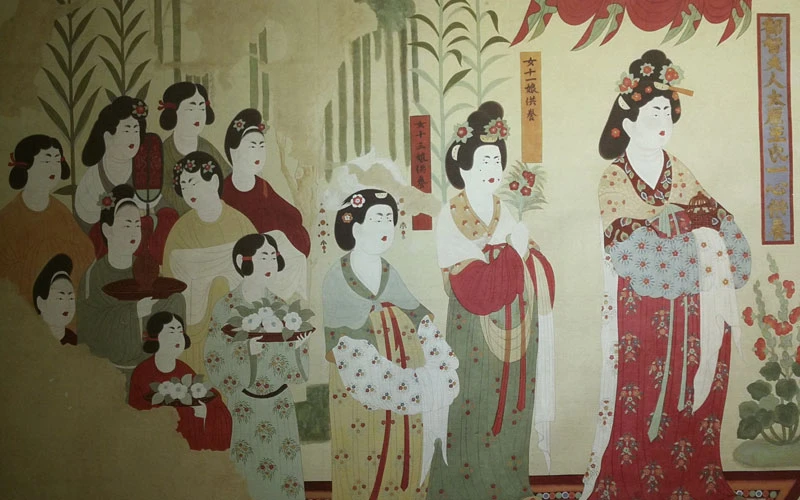
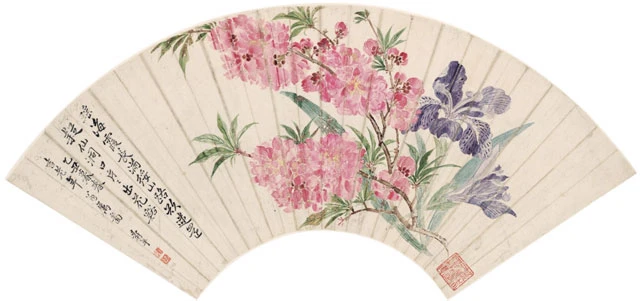
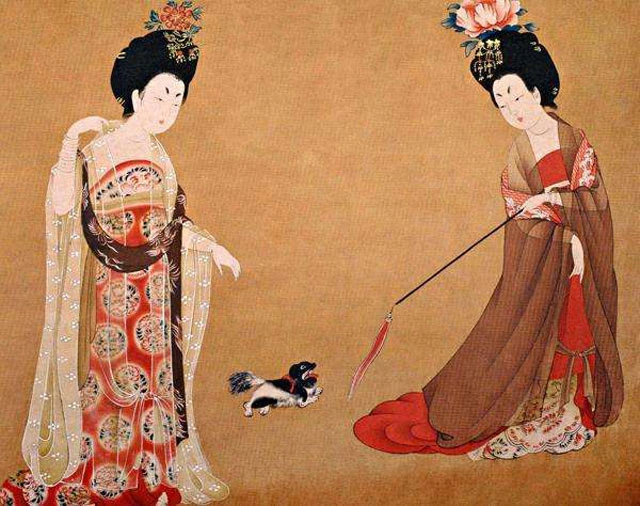
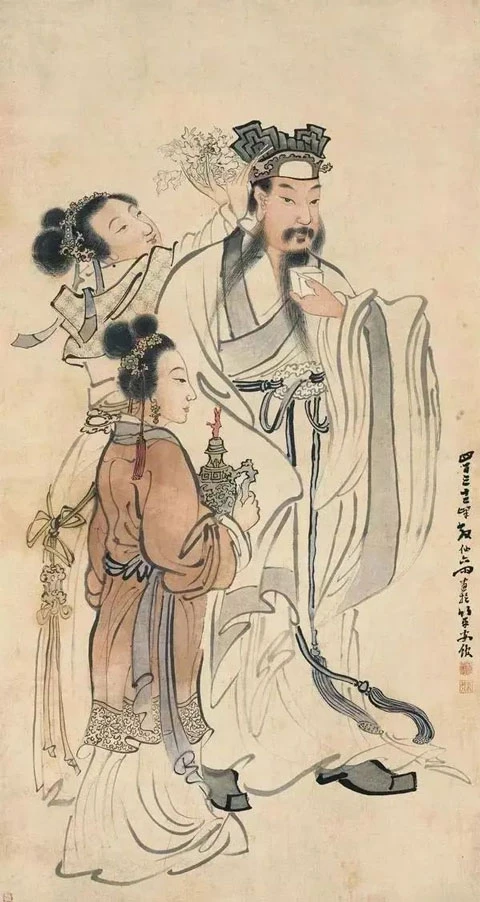
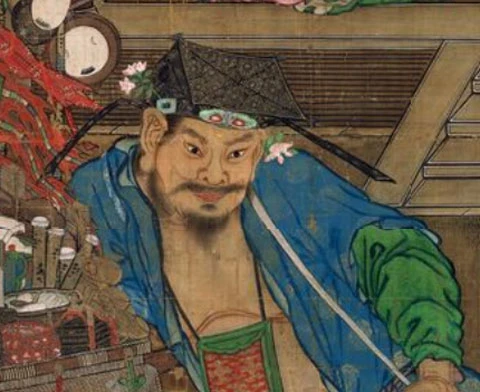
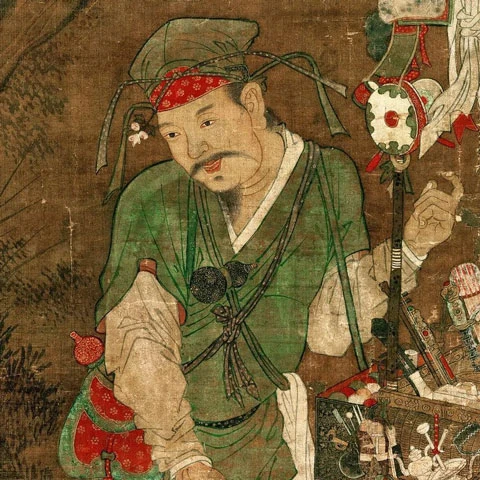
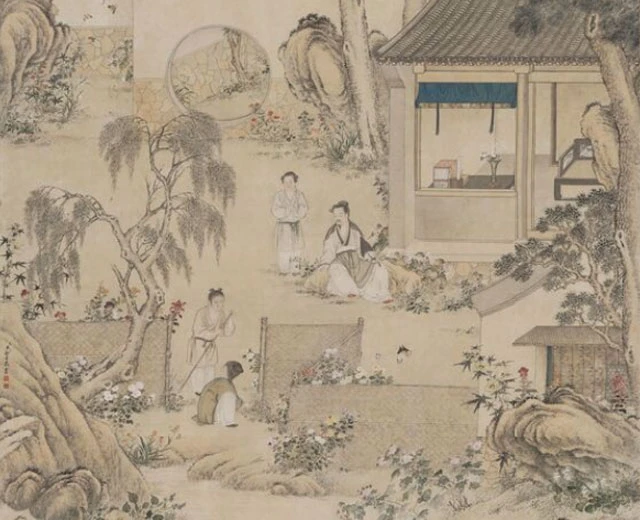
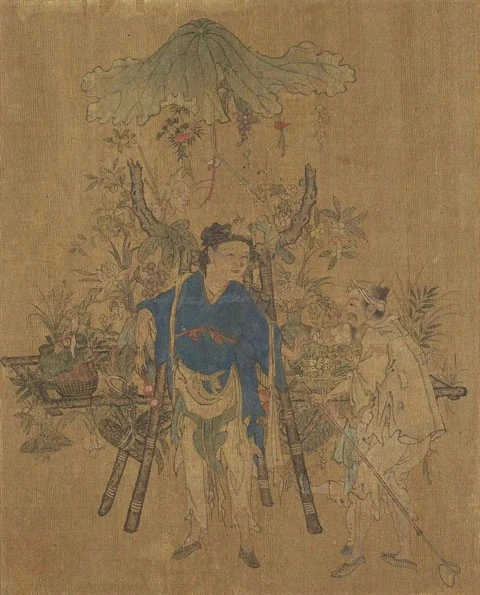
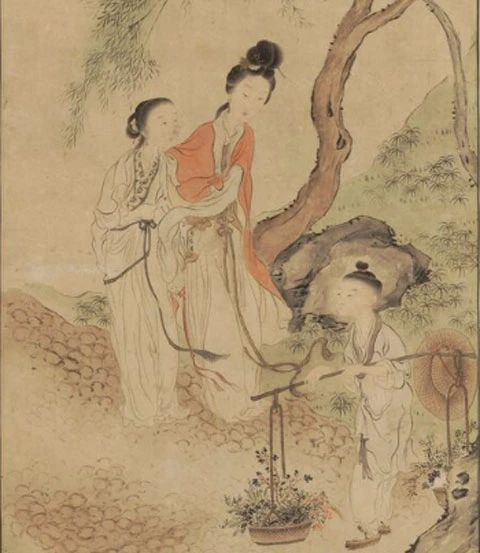


Flowers have so much meaning! 💖
😍😍😍
Bunga melambangkan kecantikan